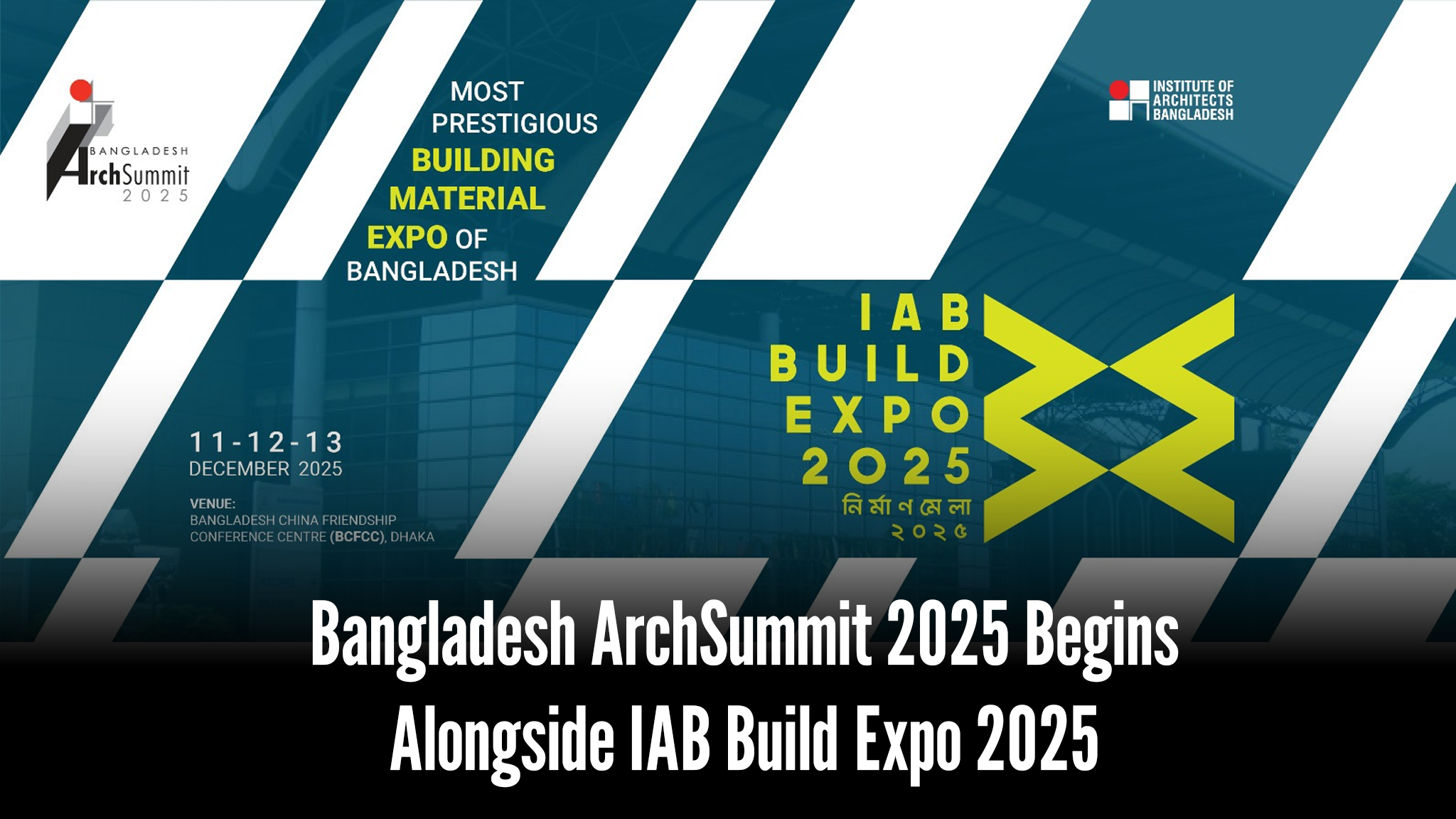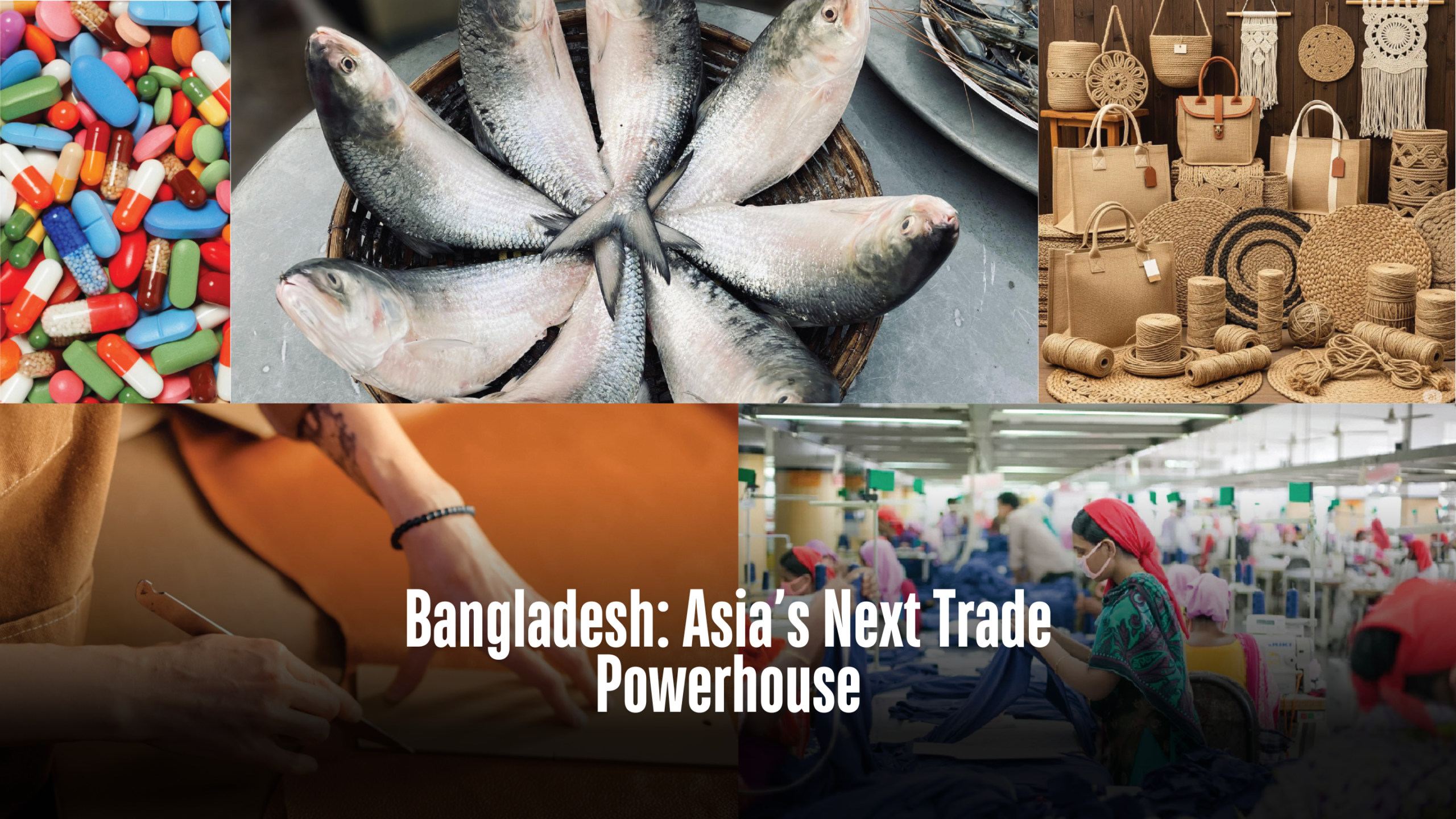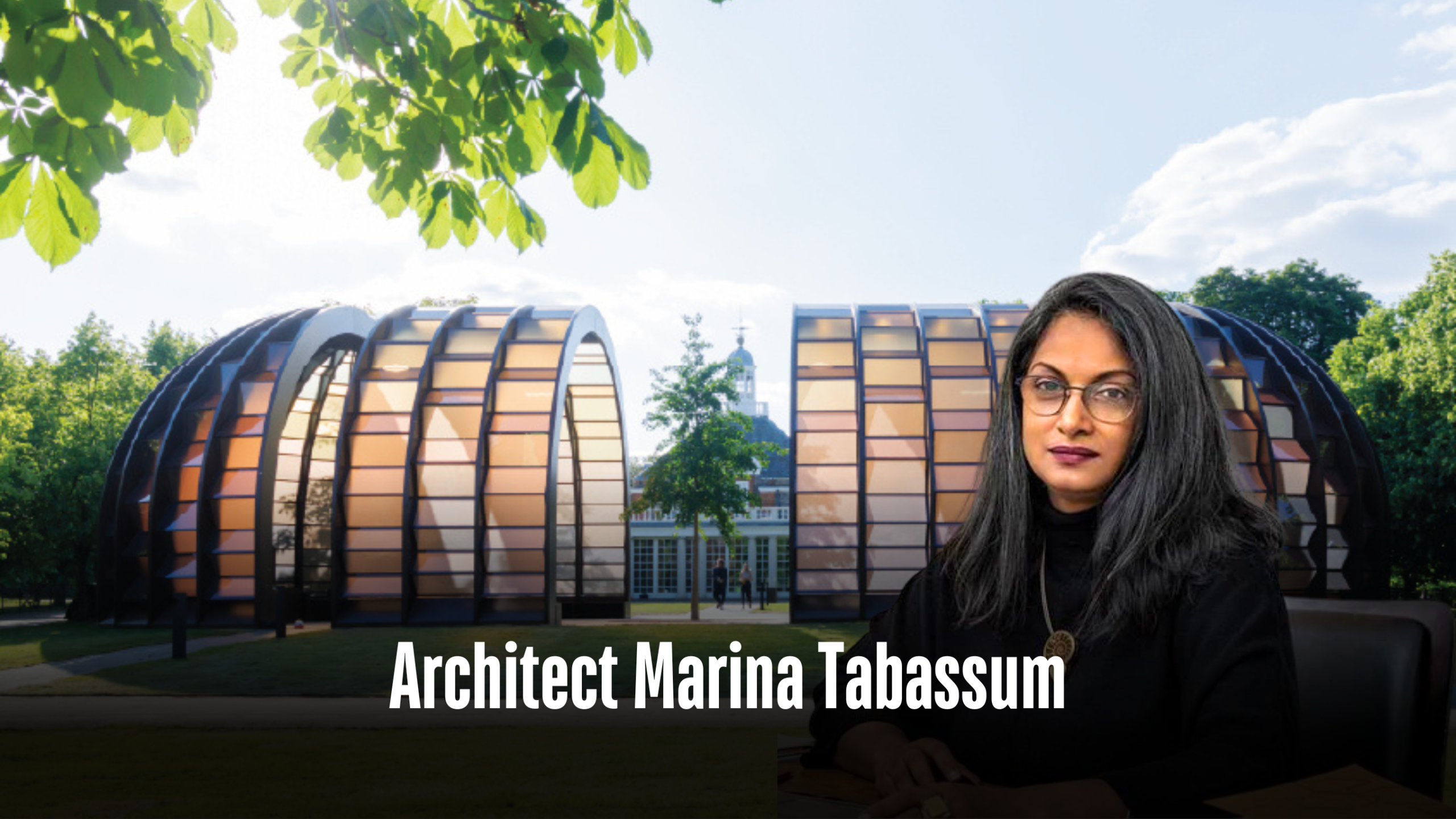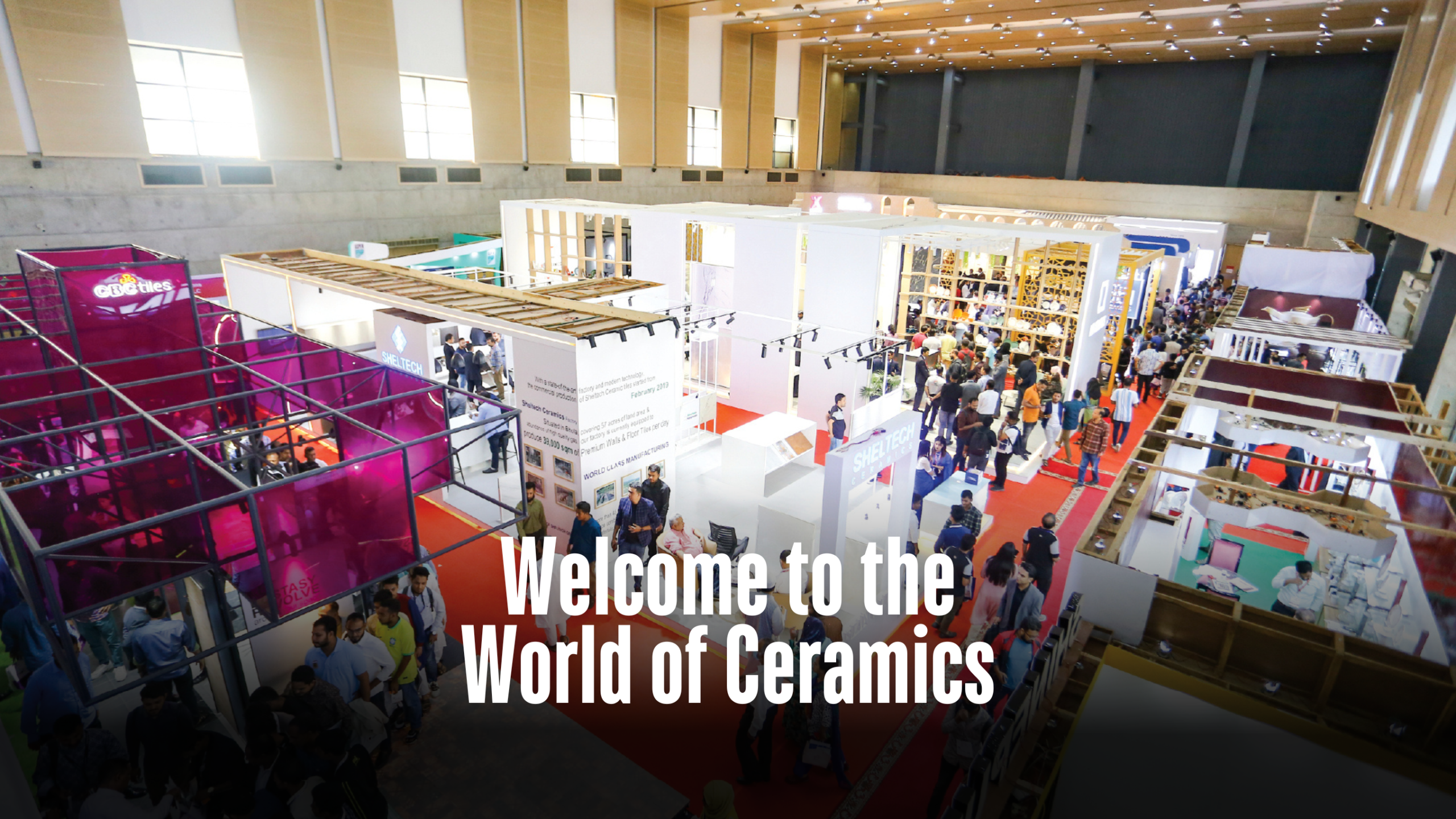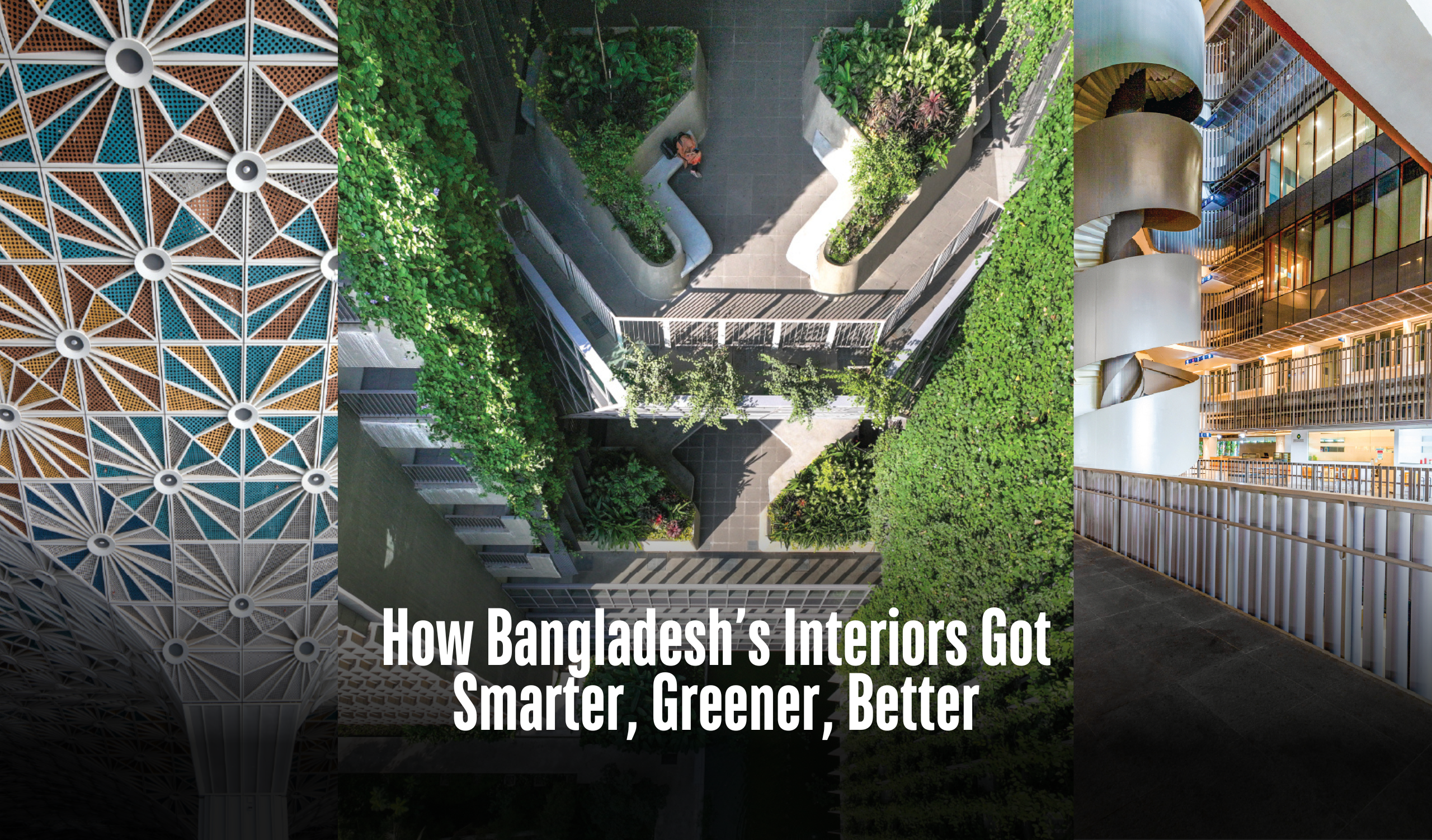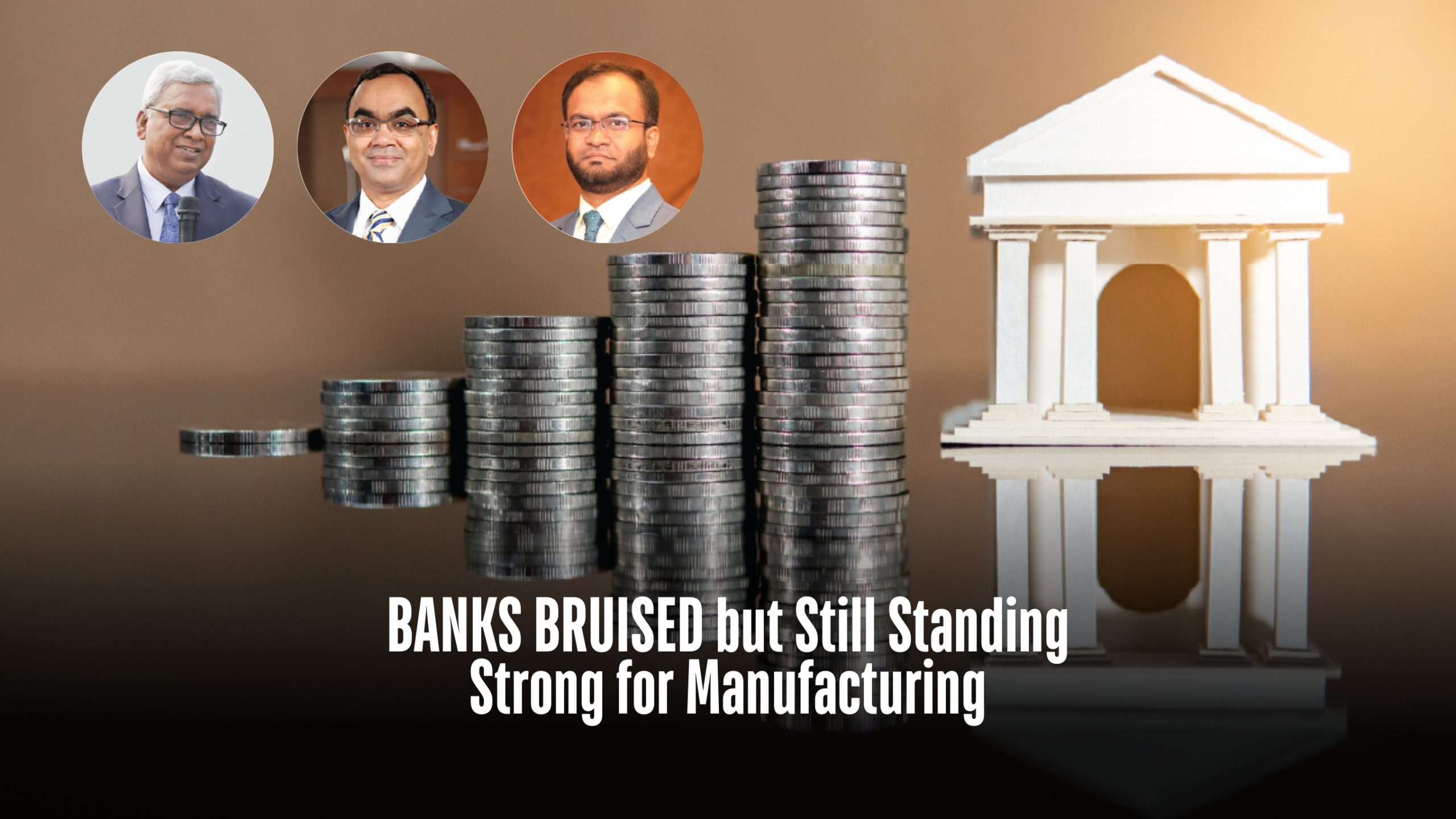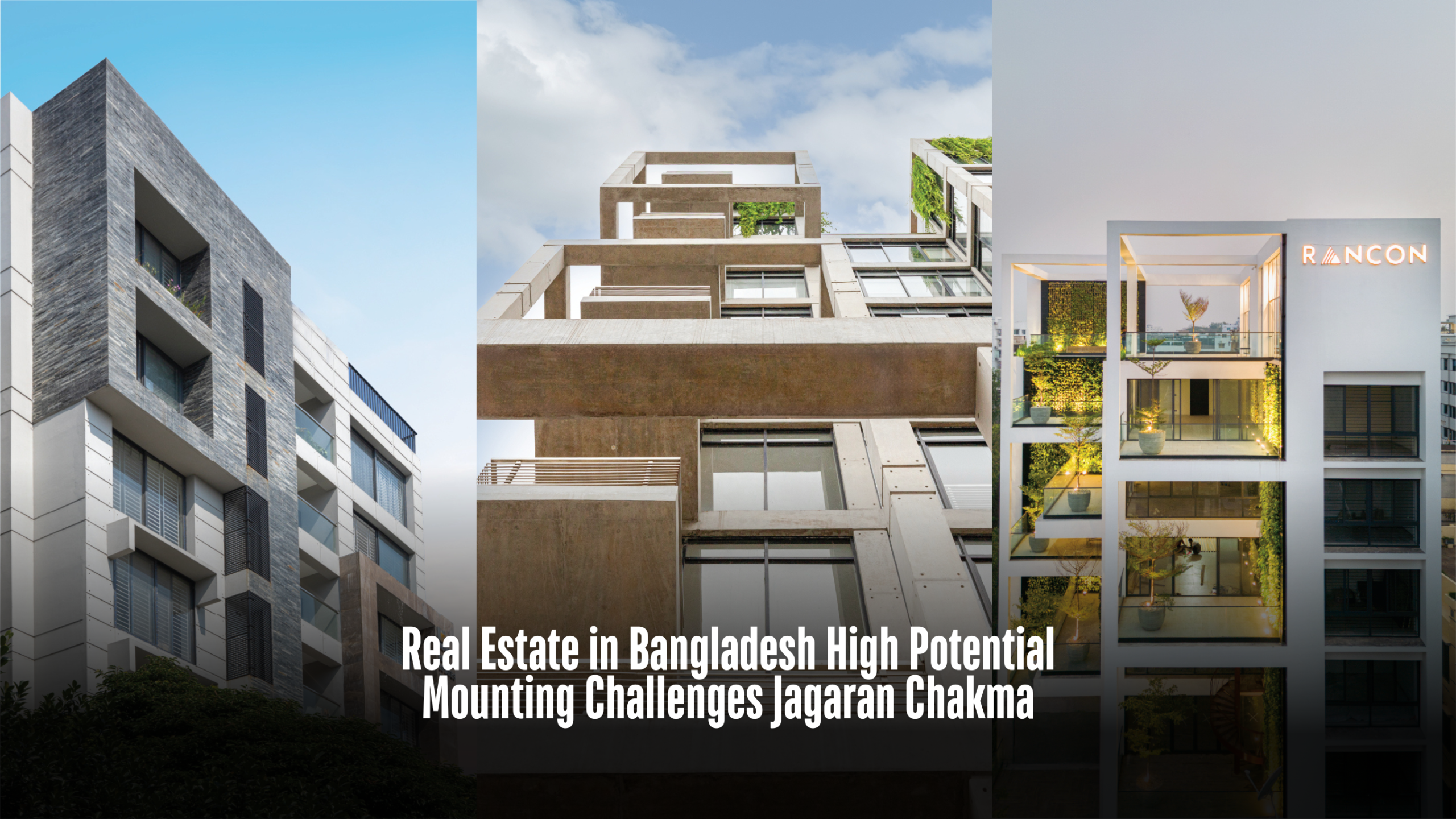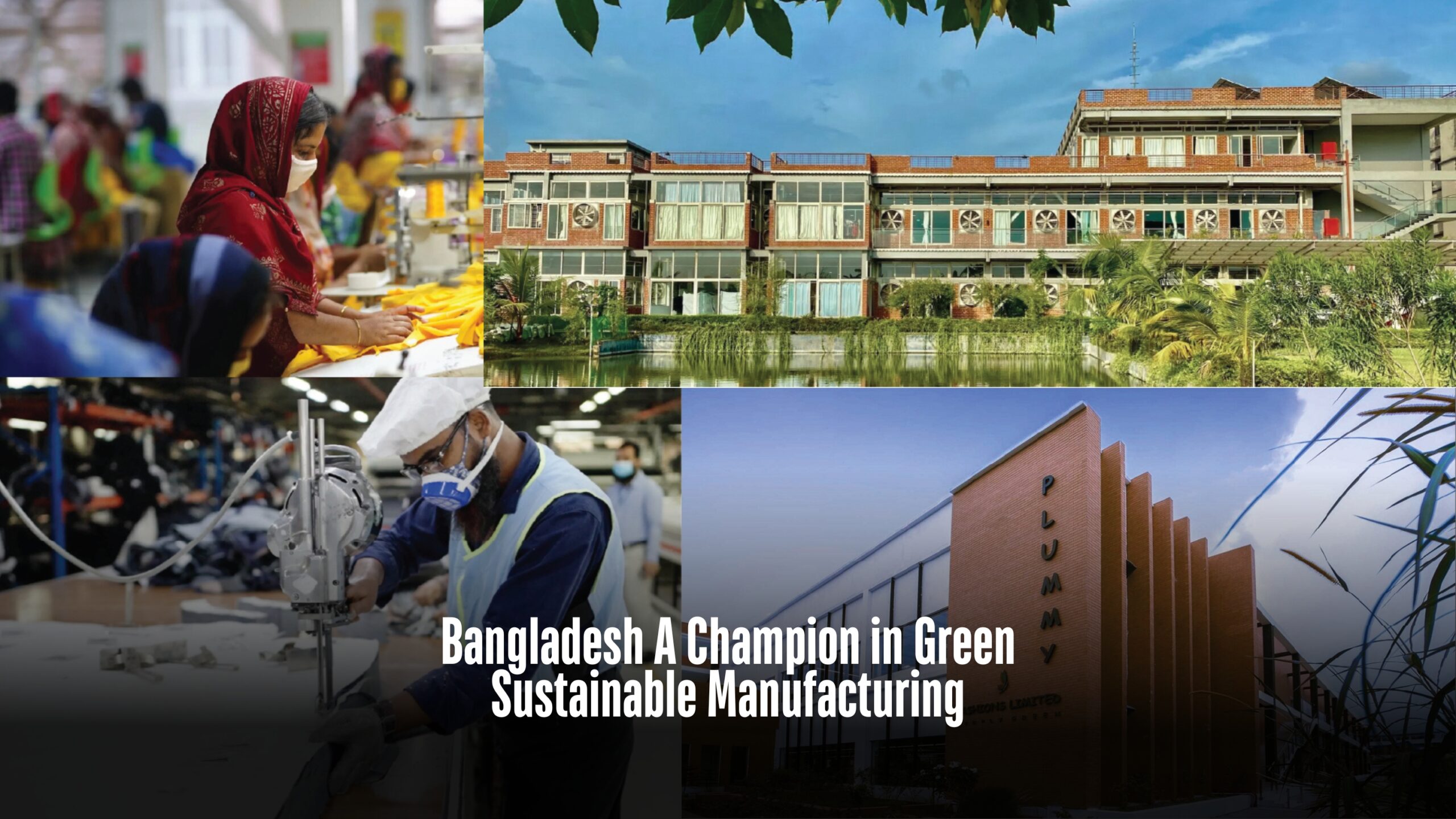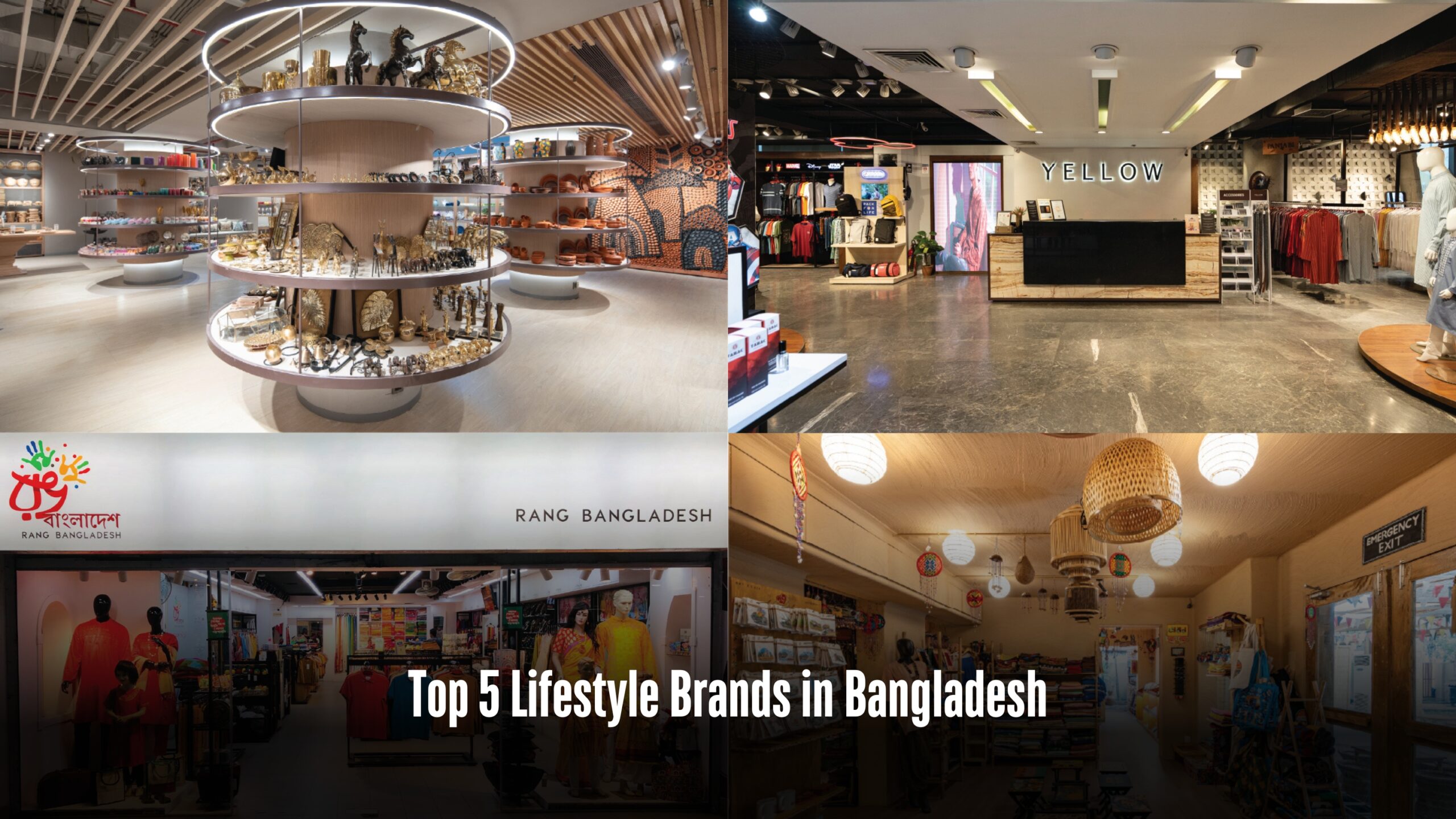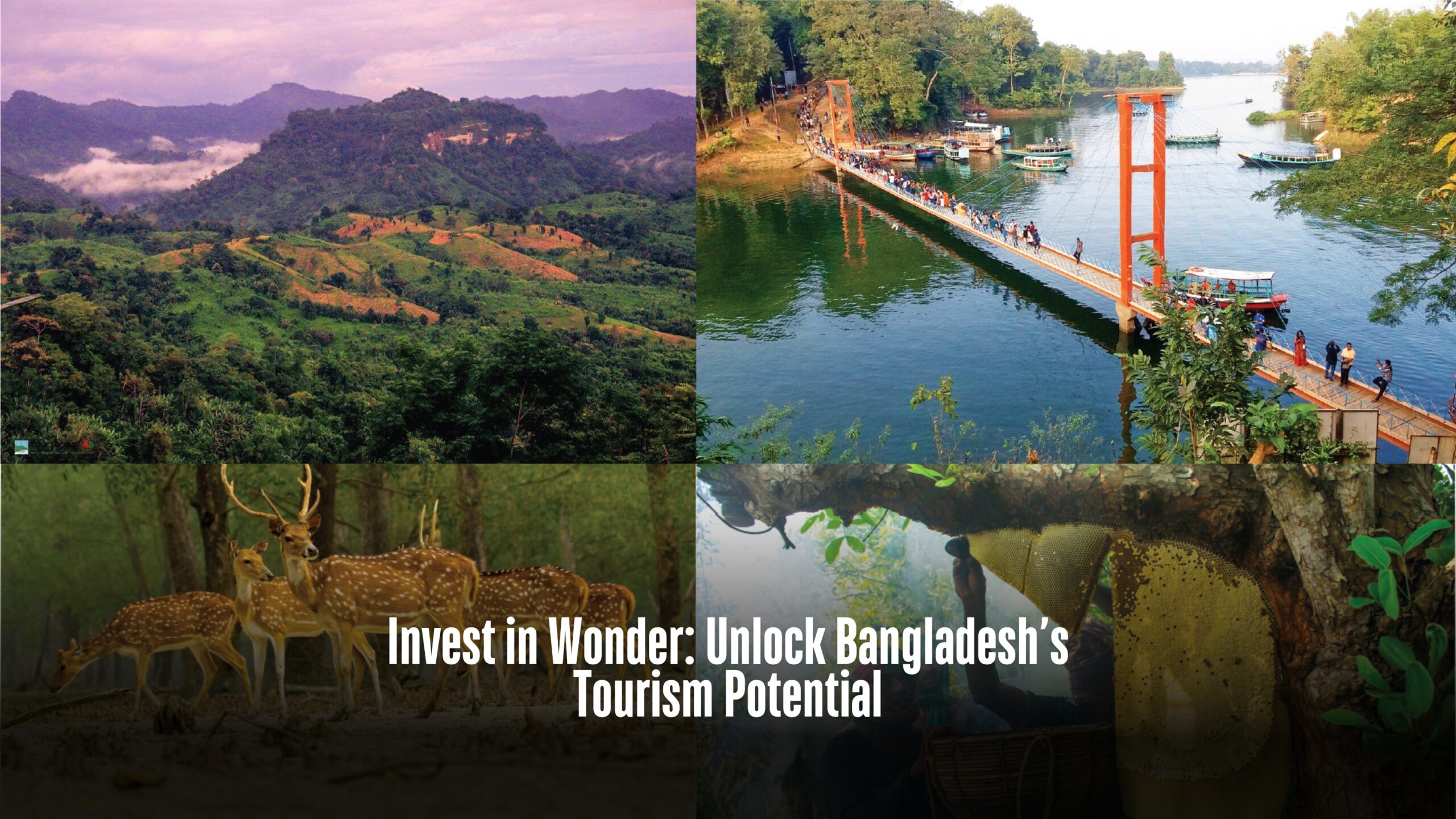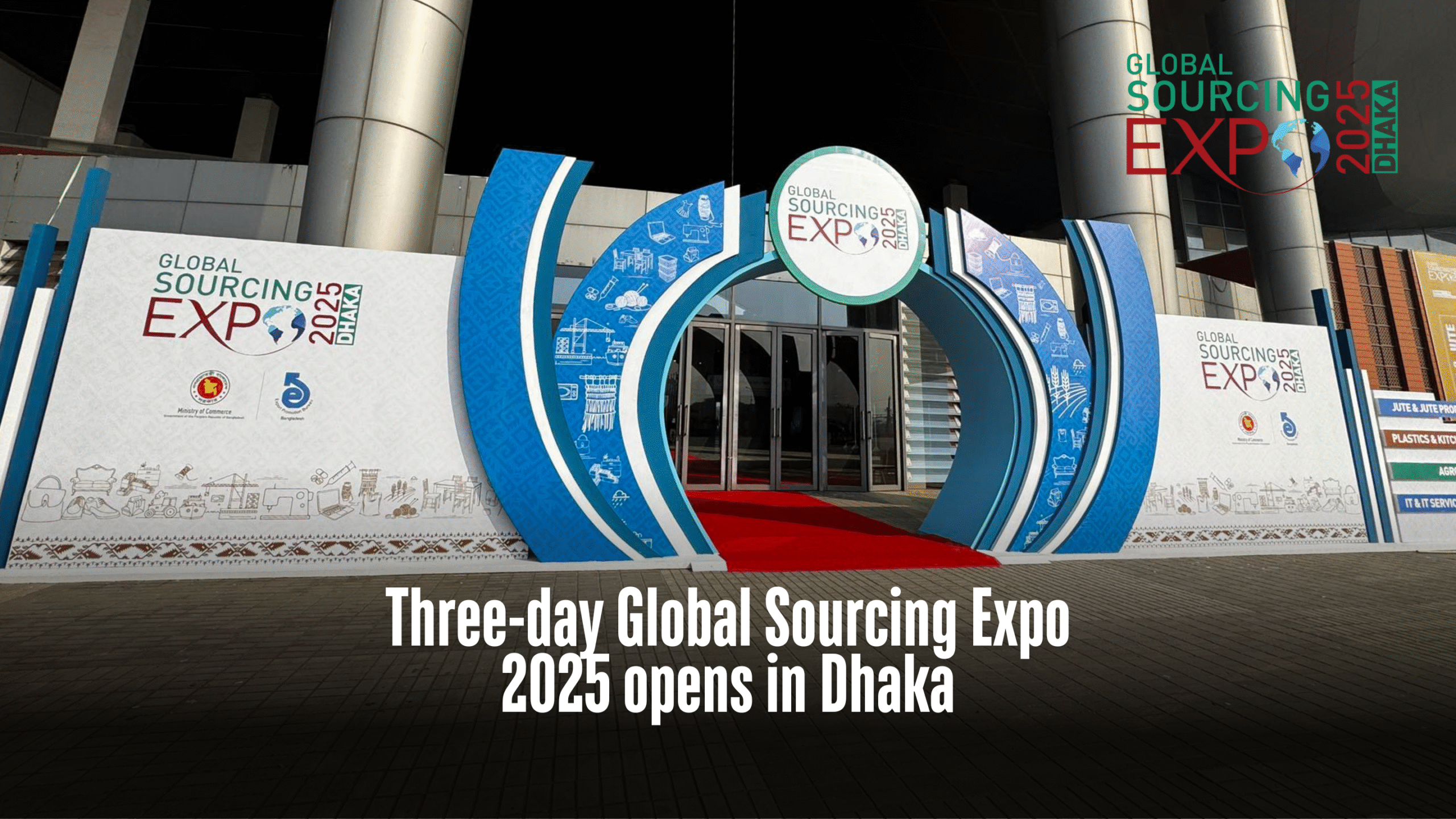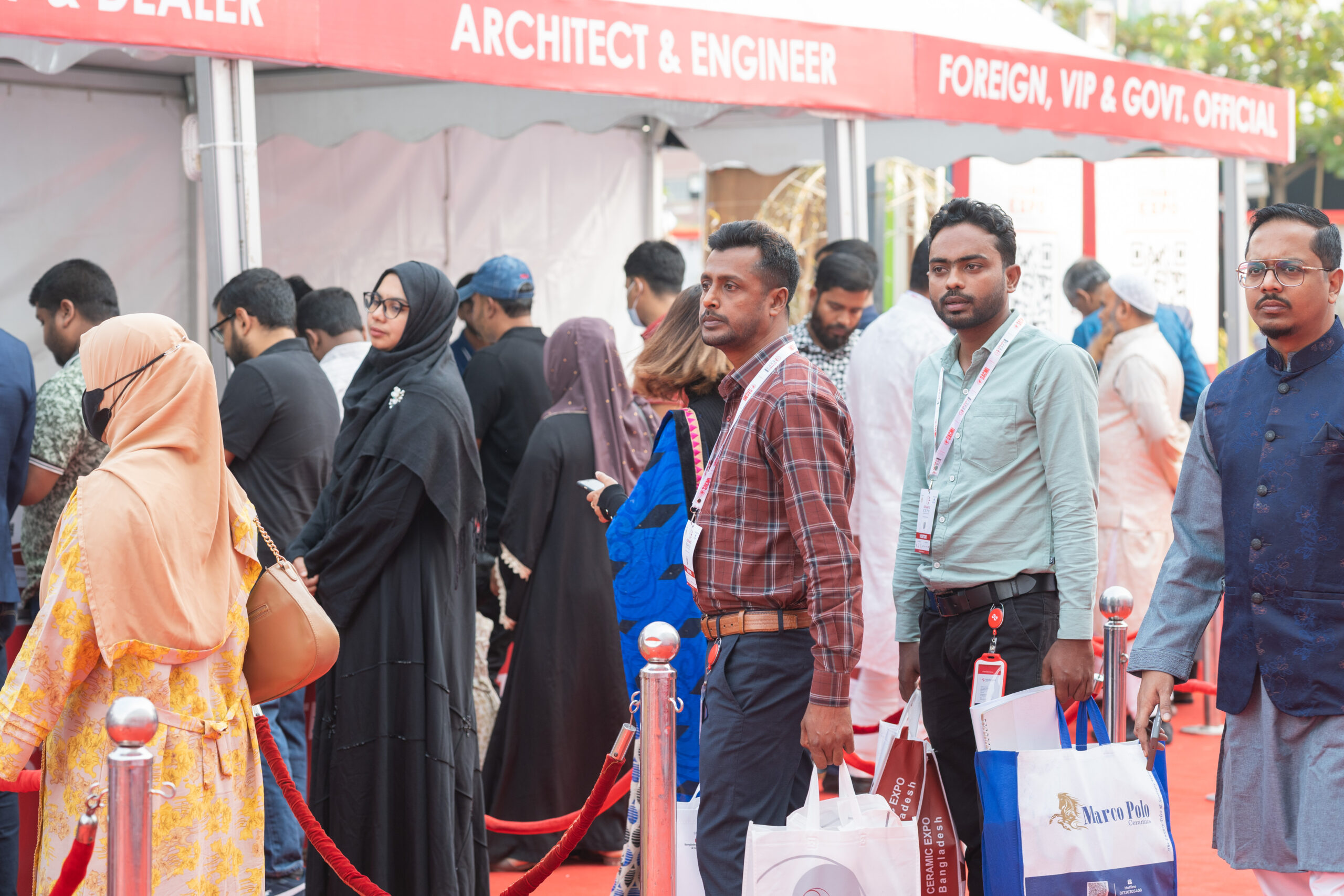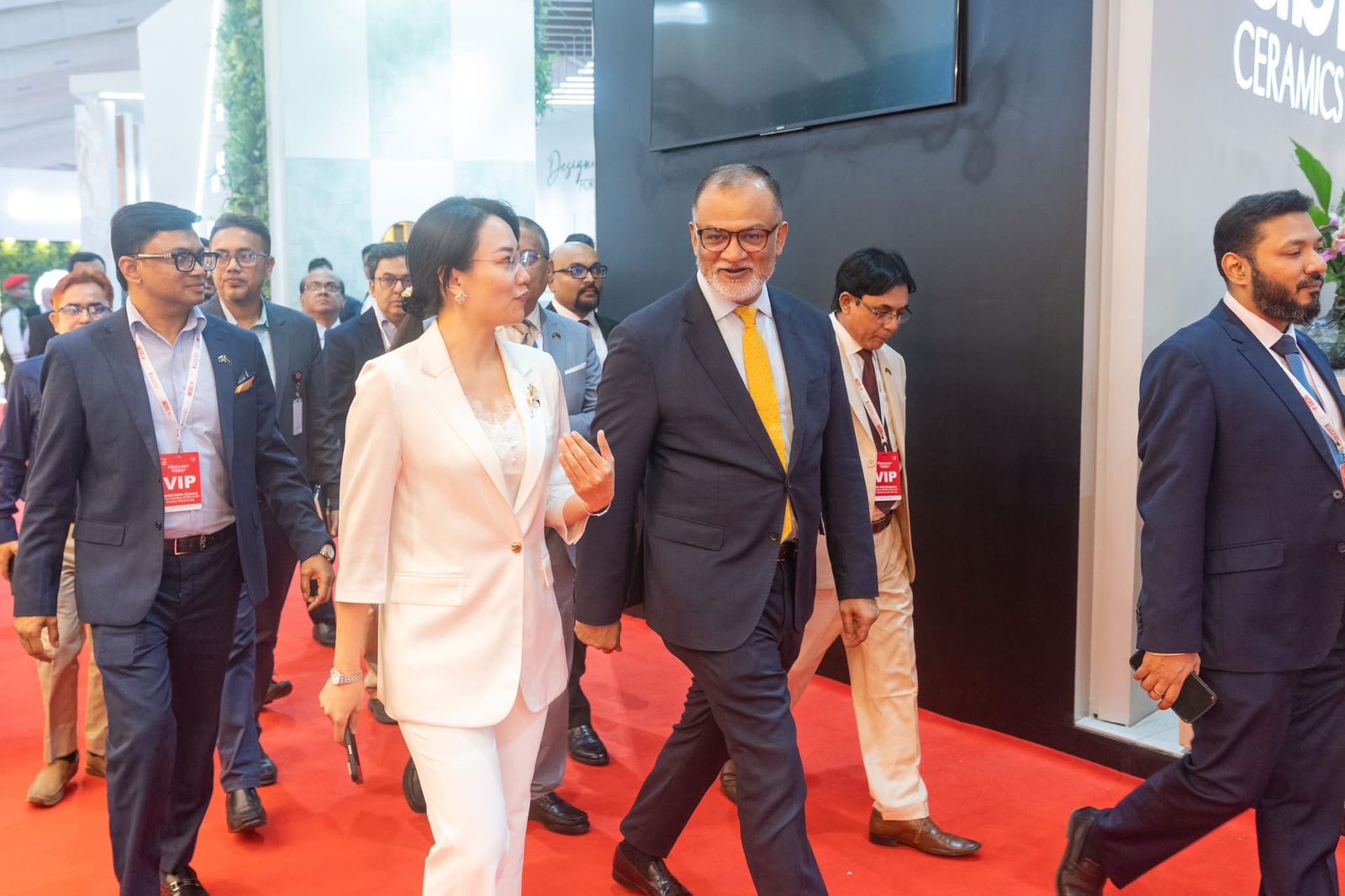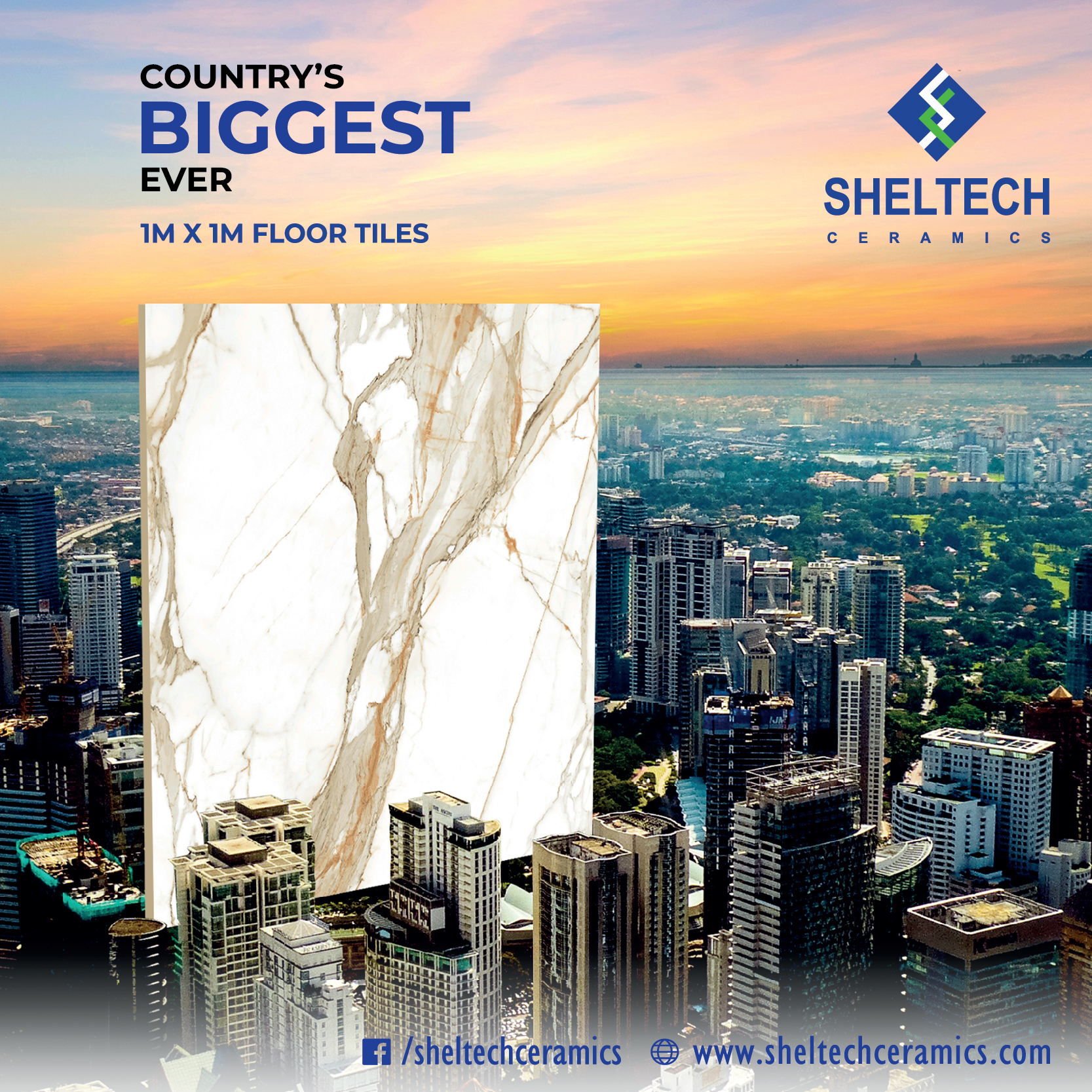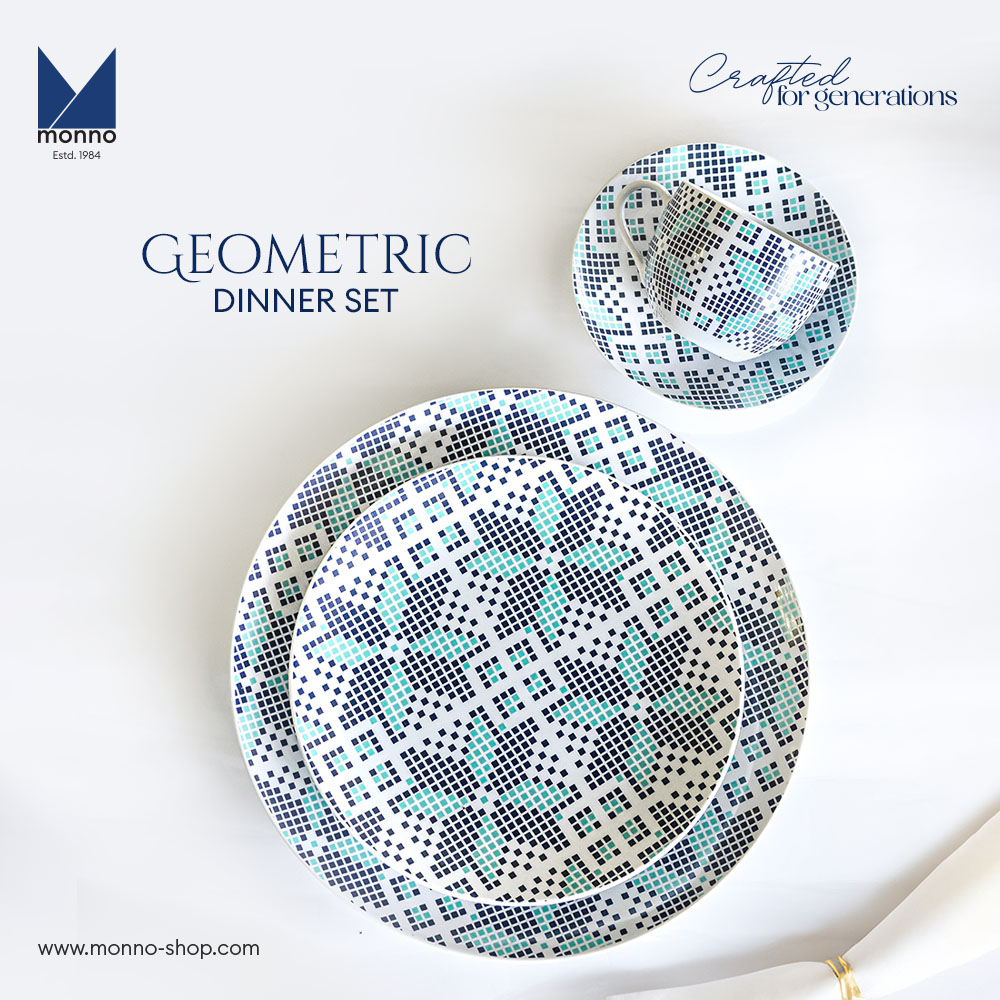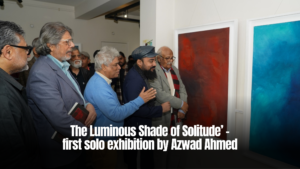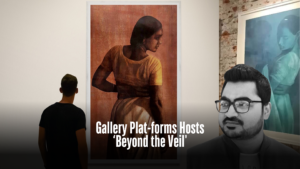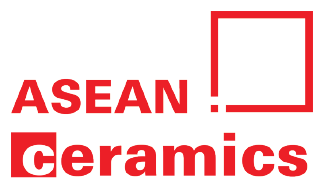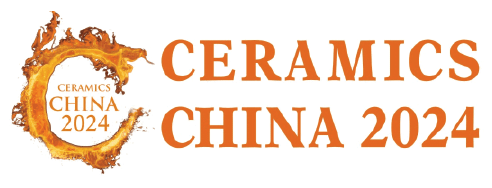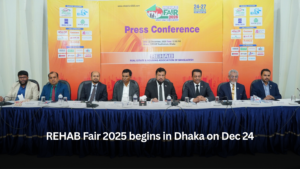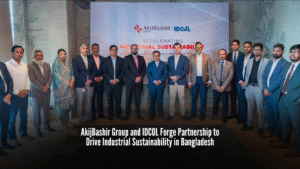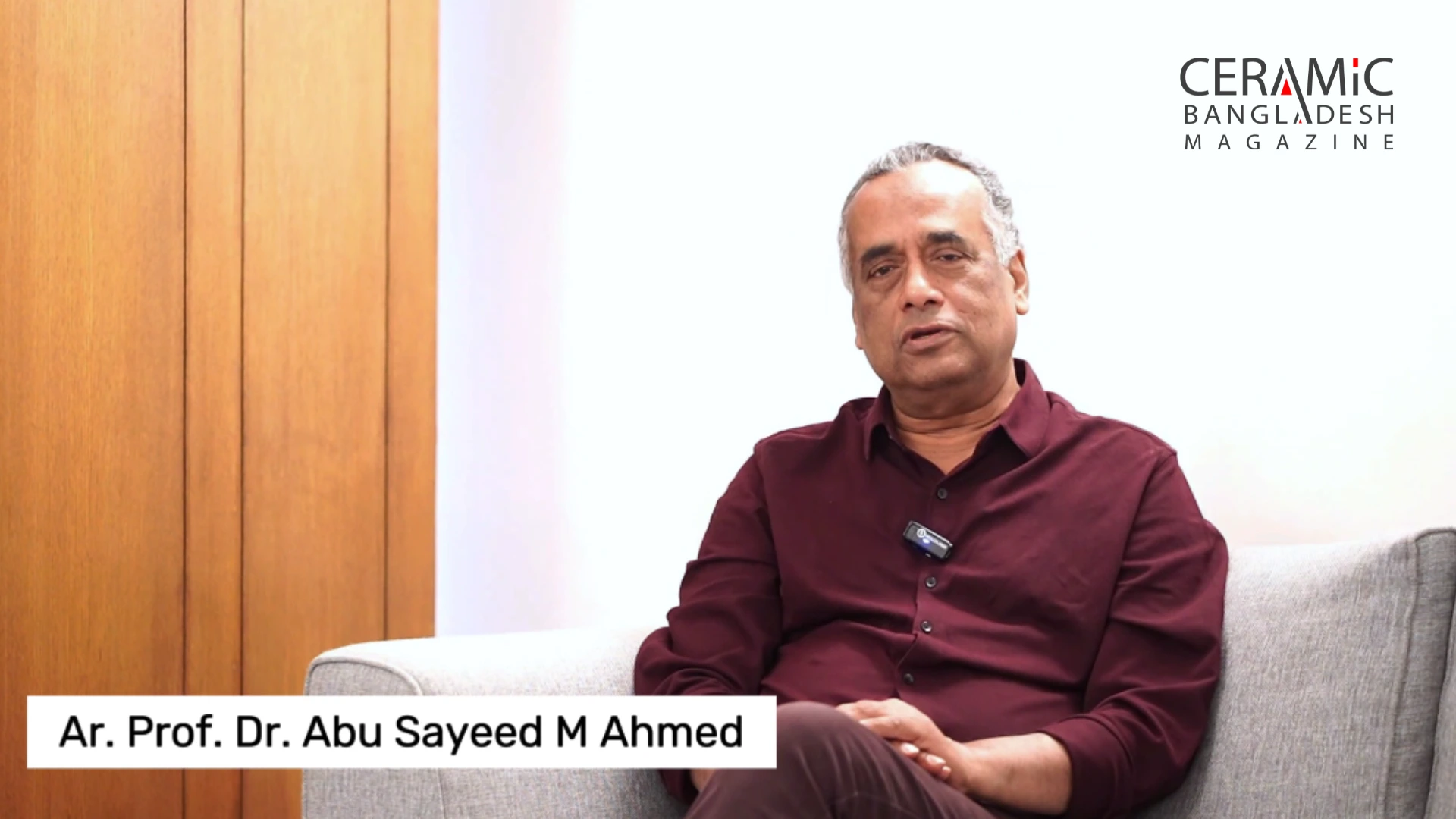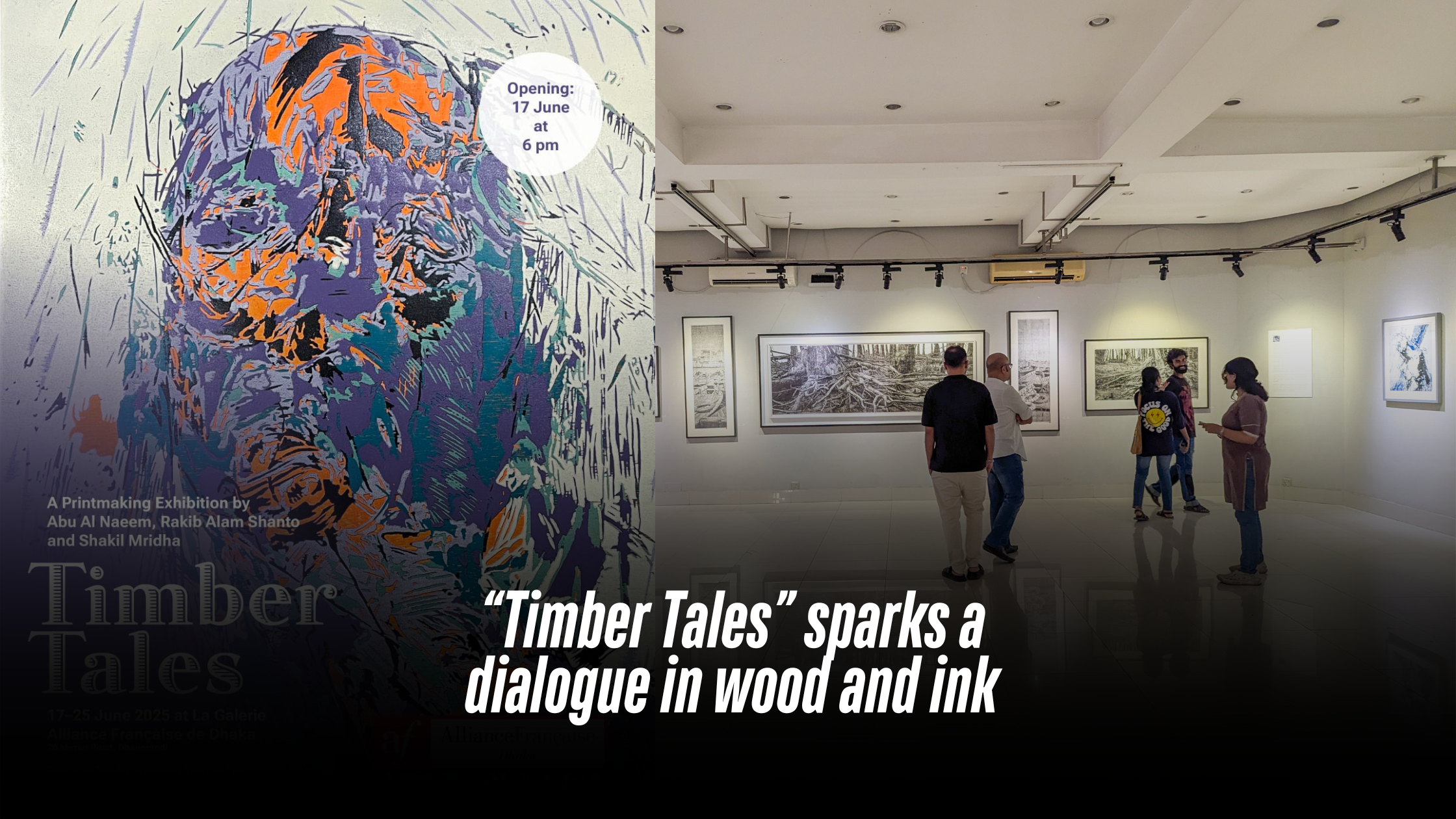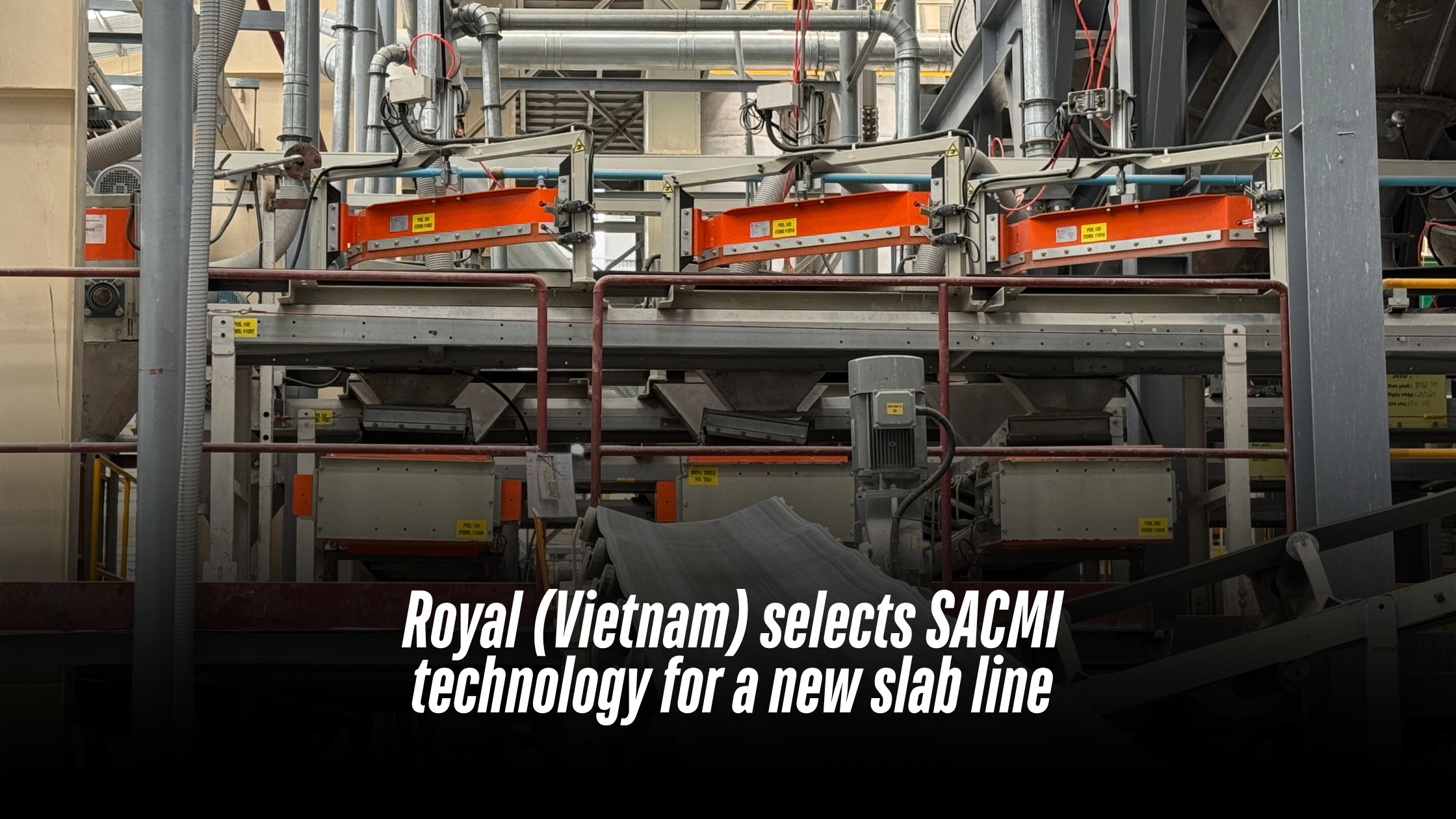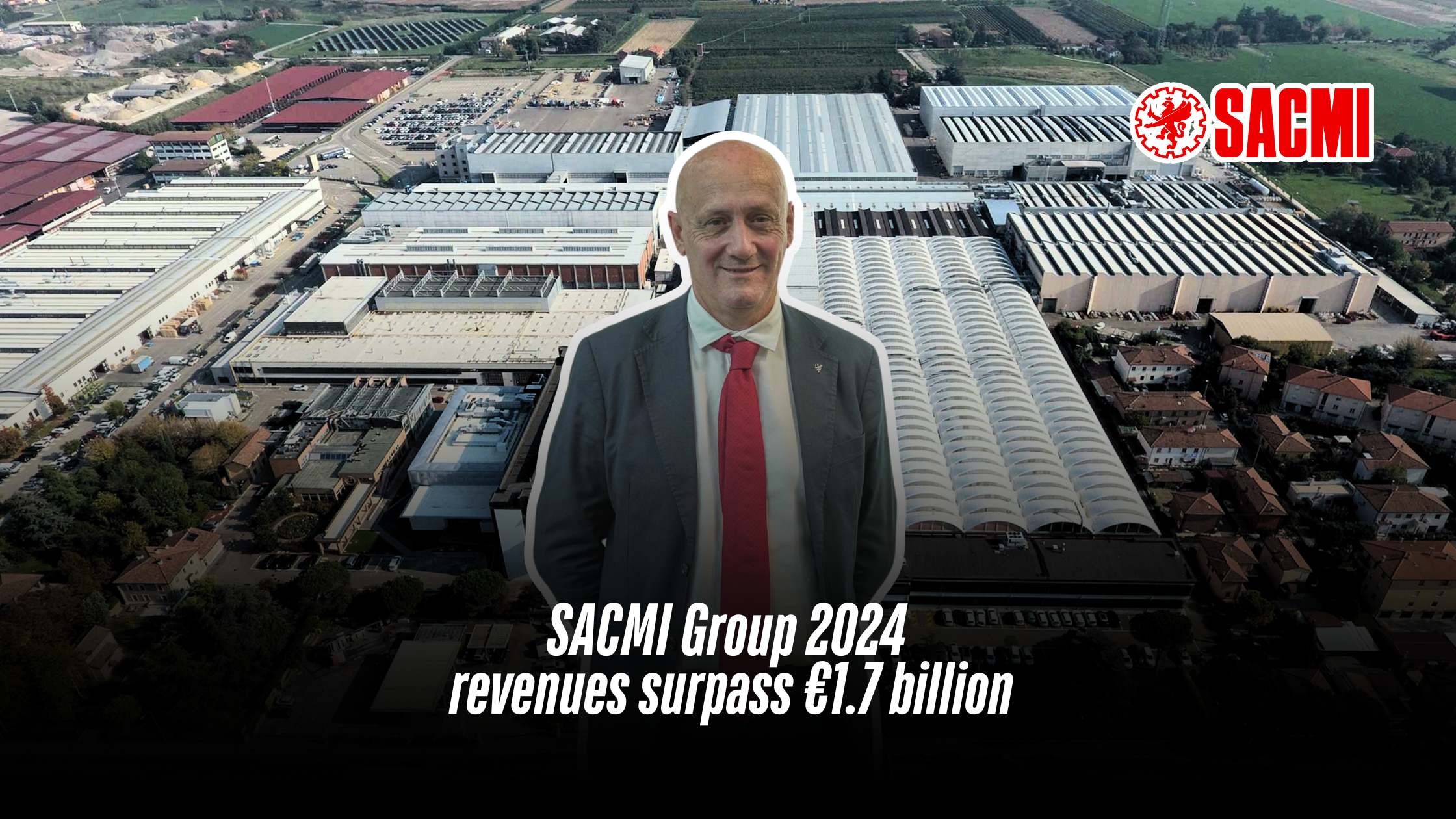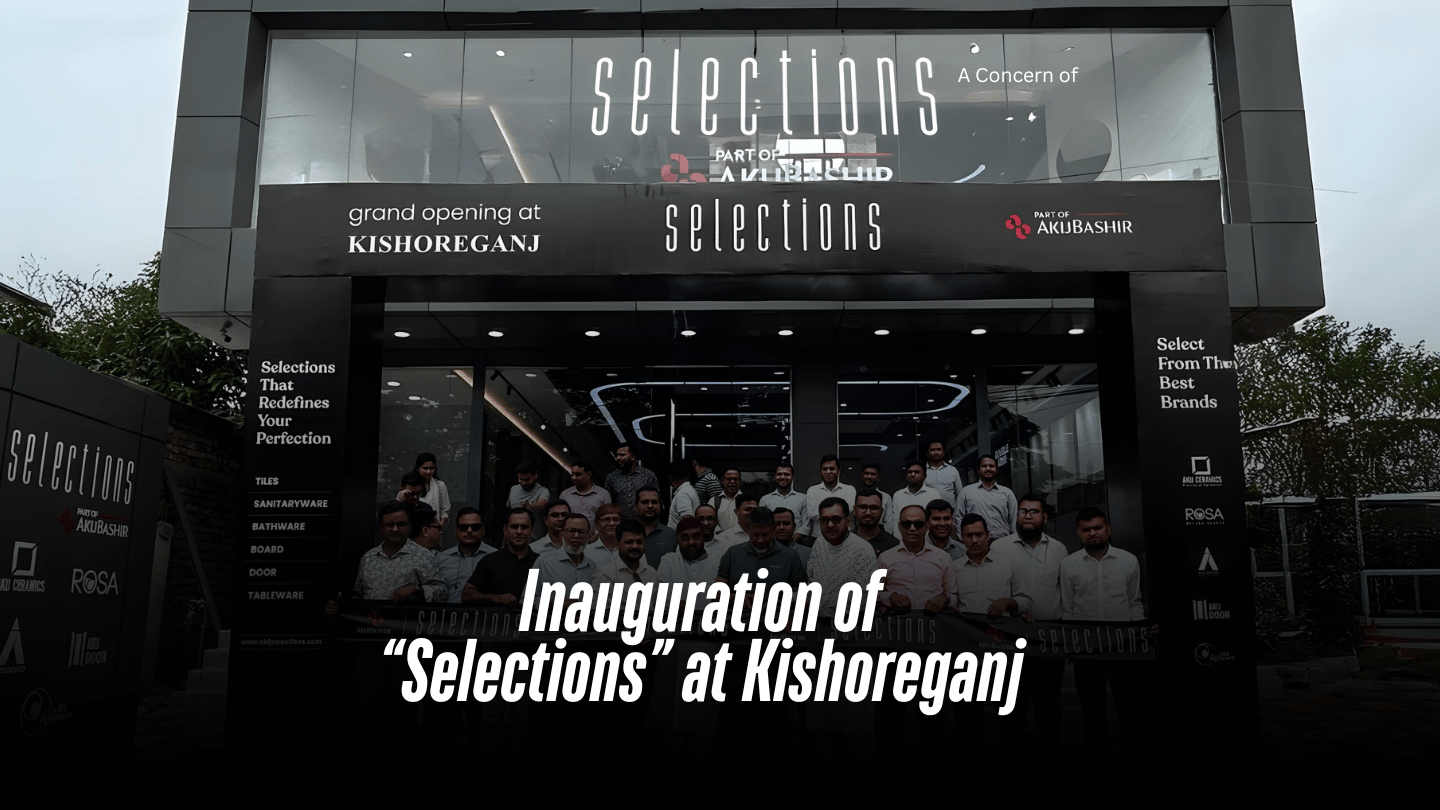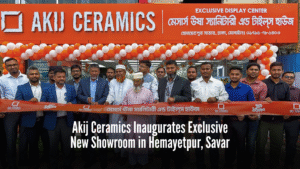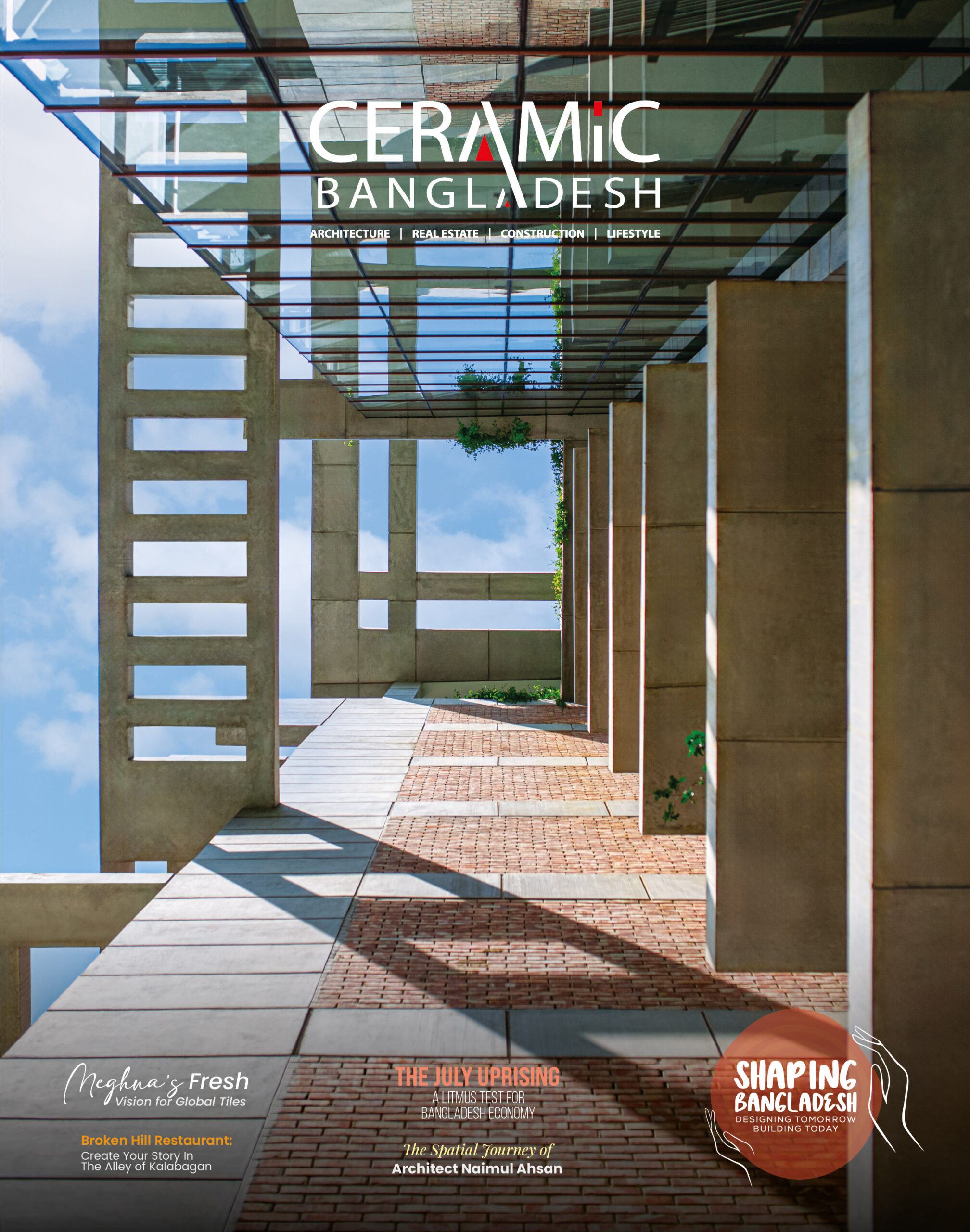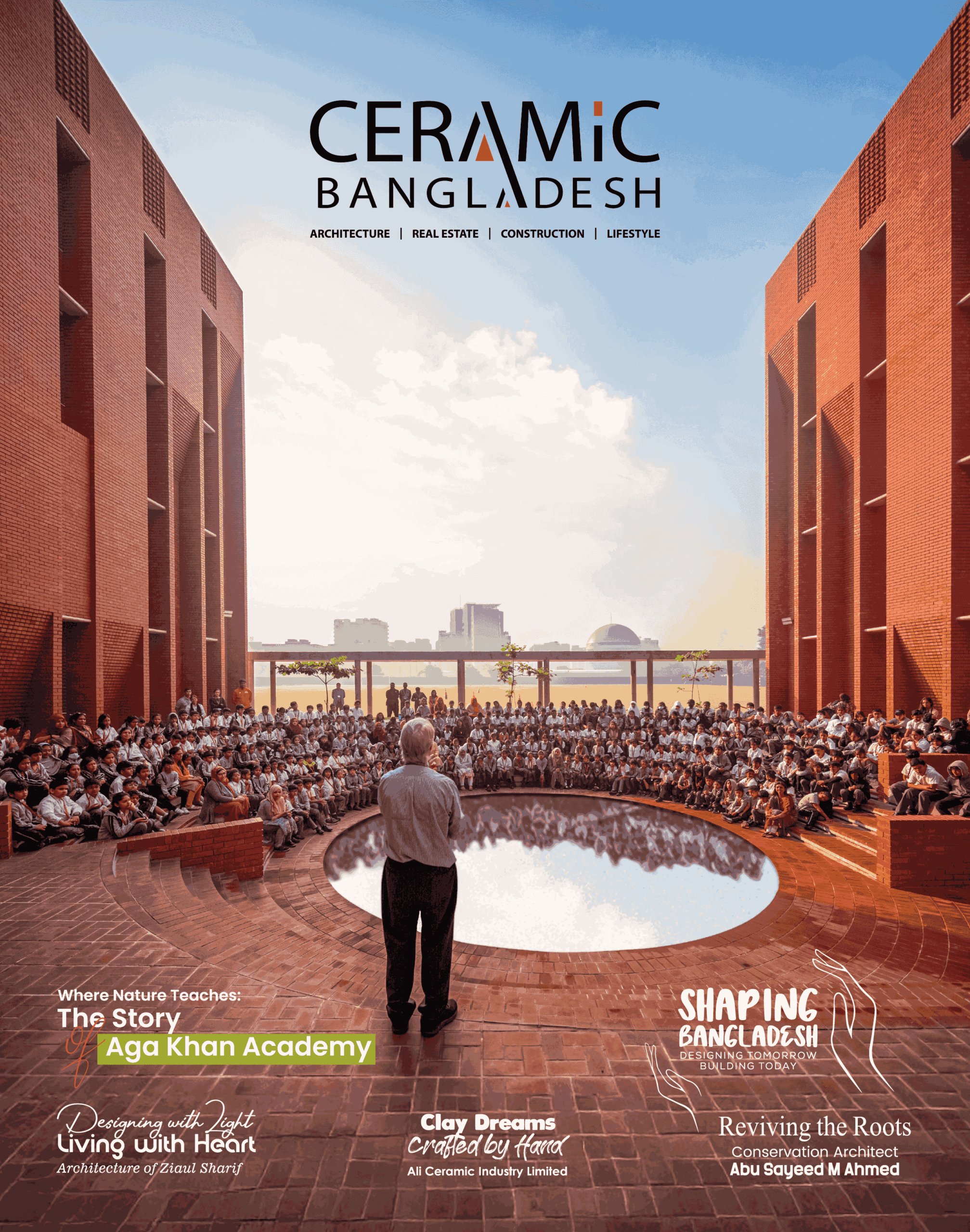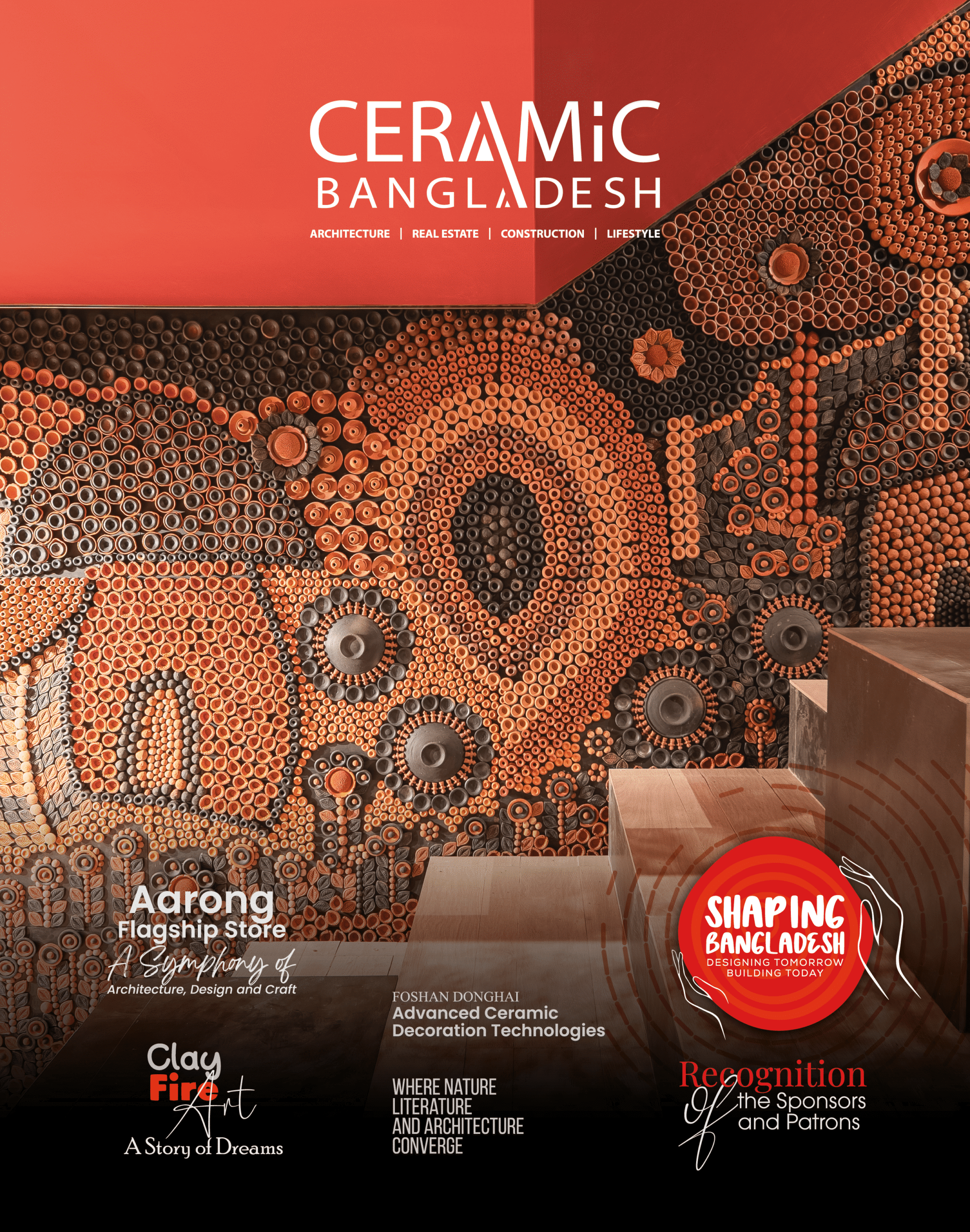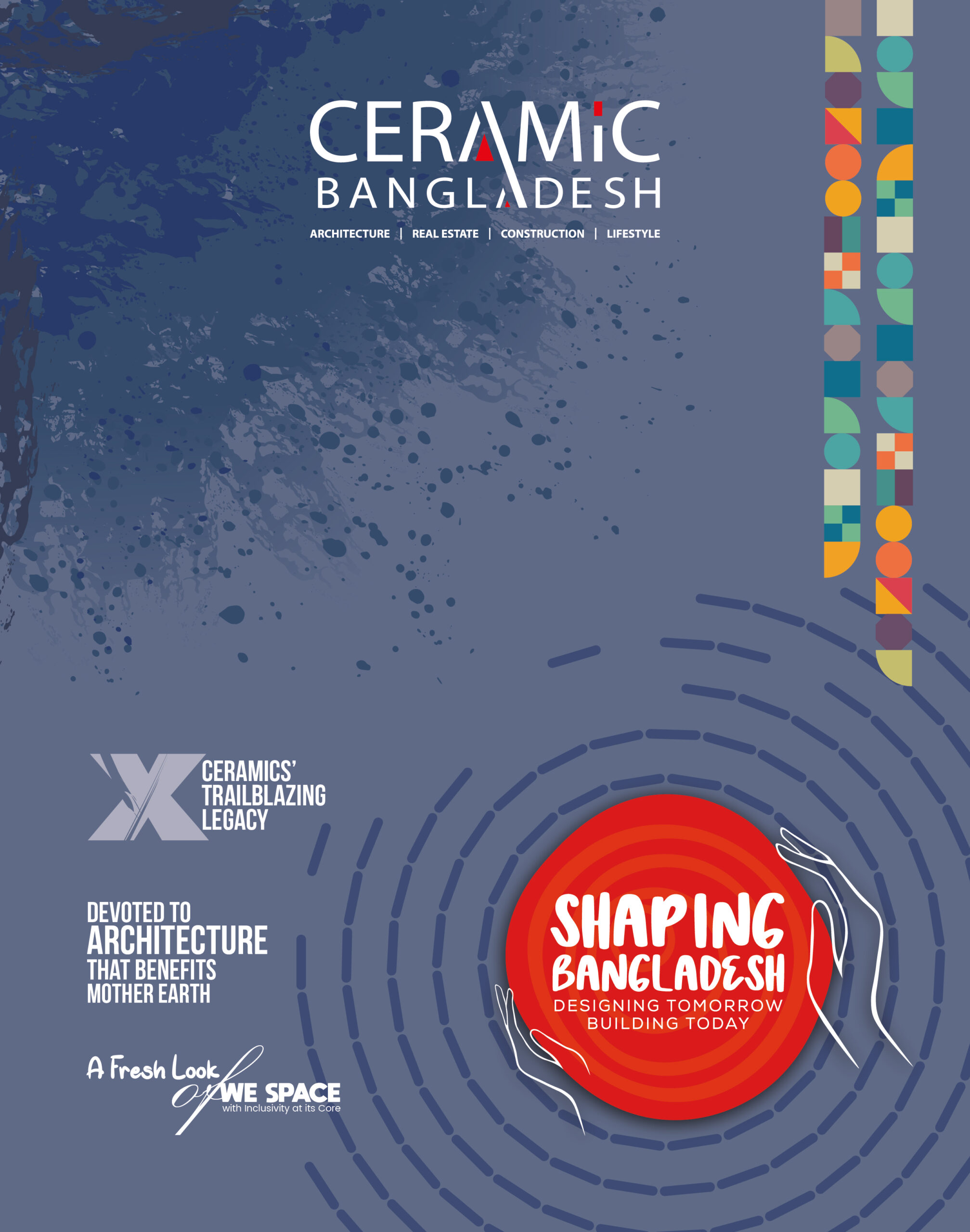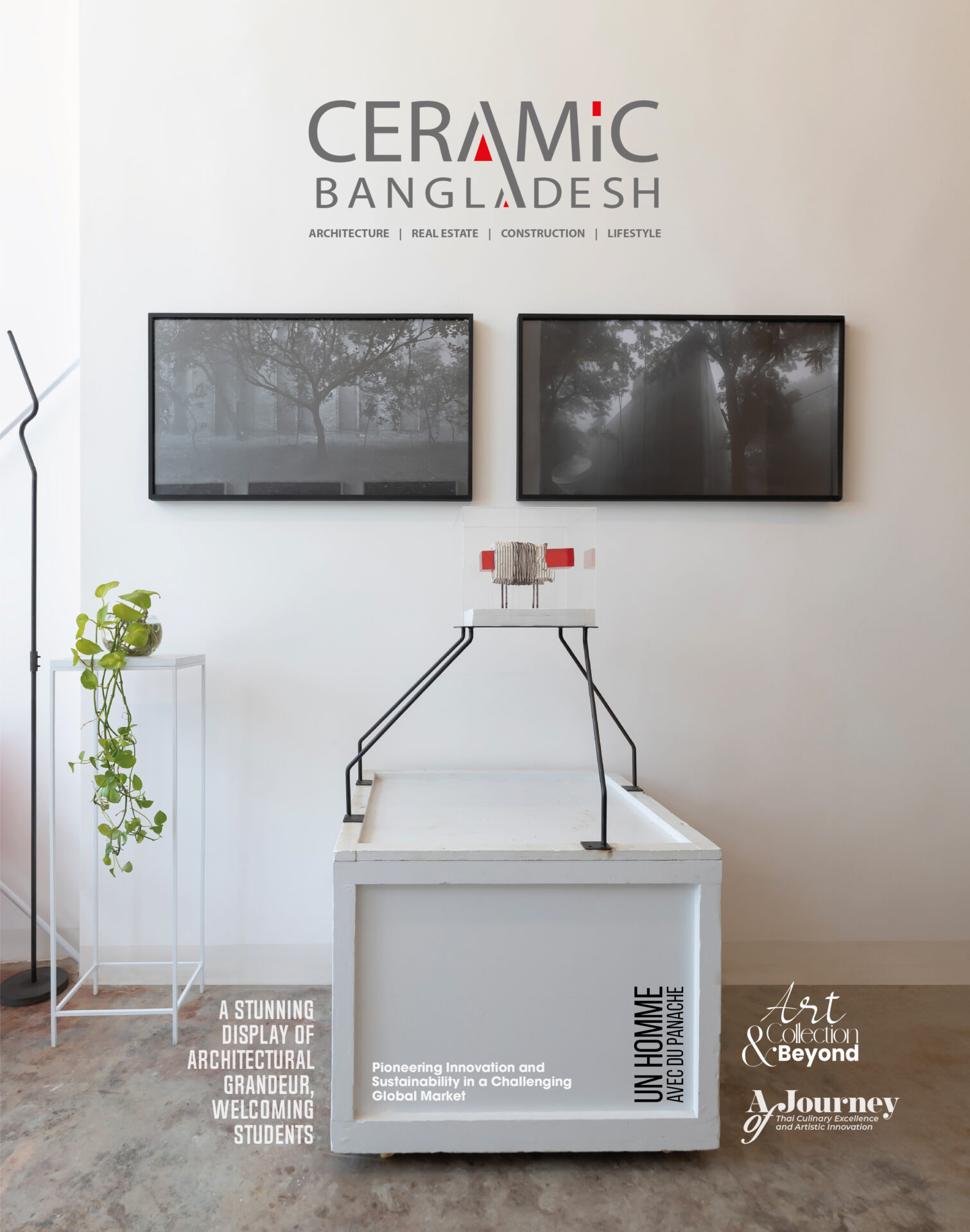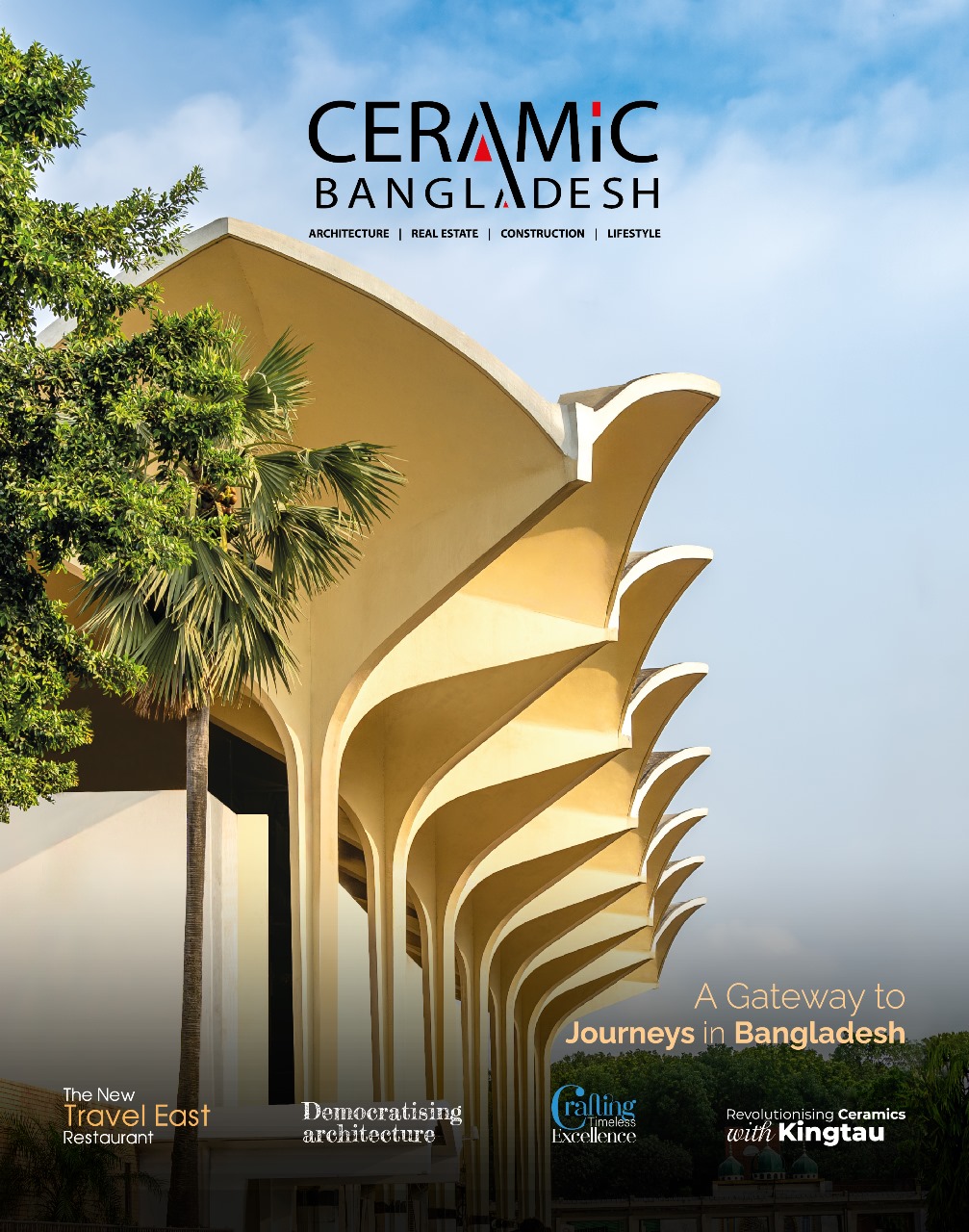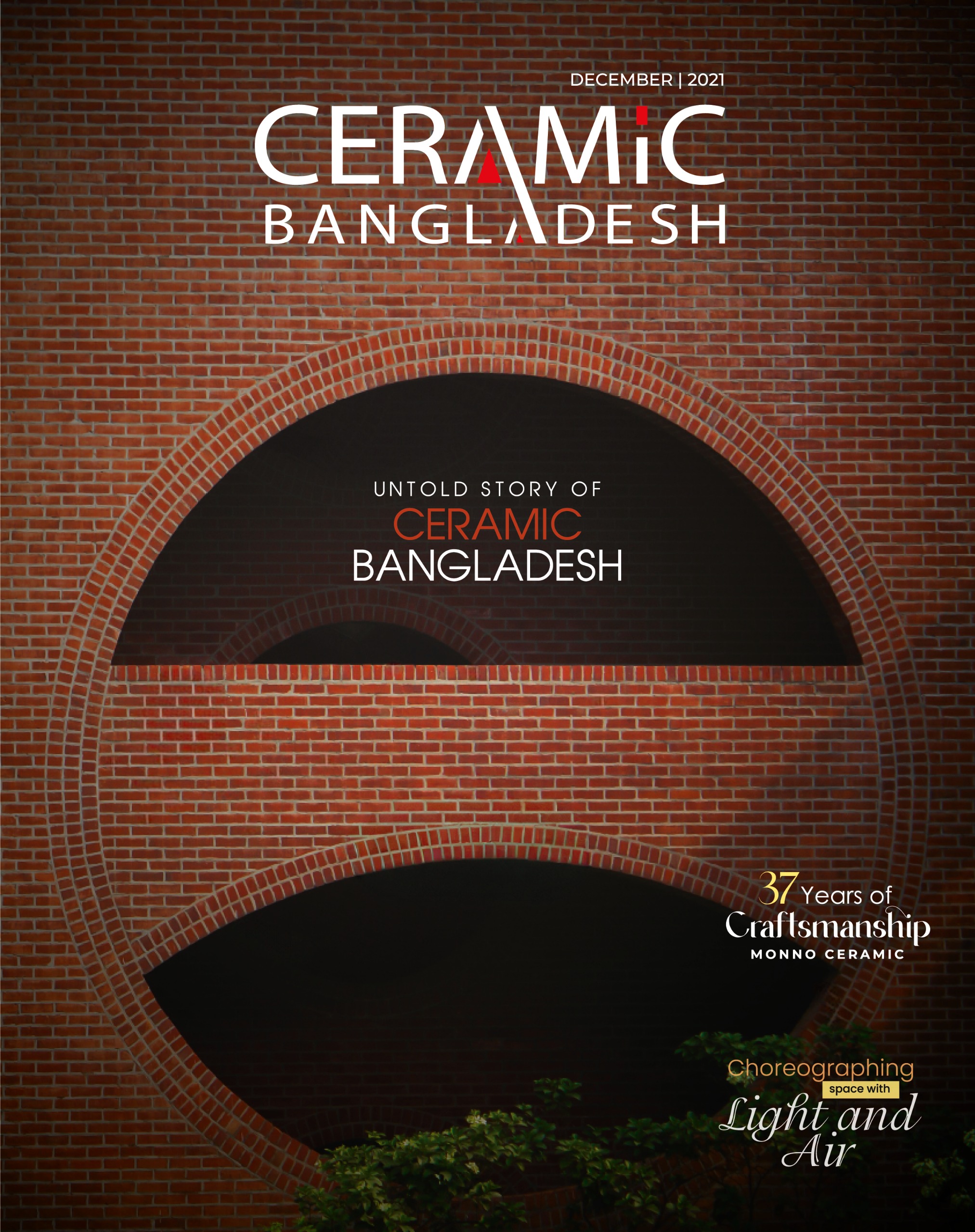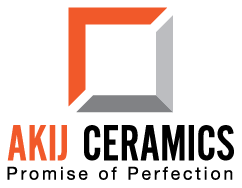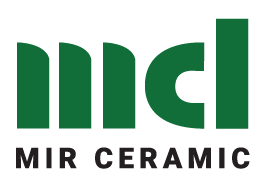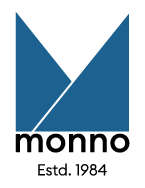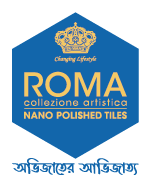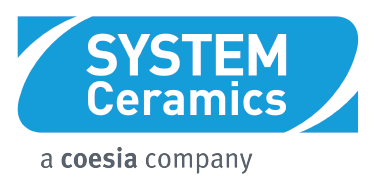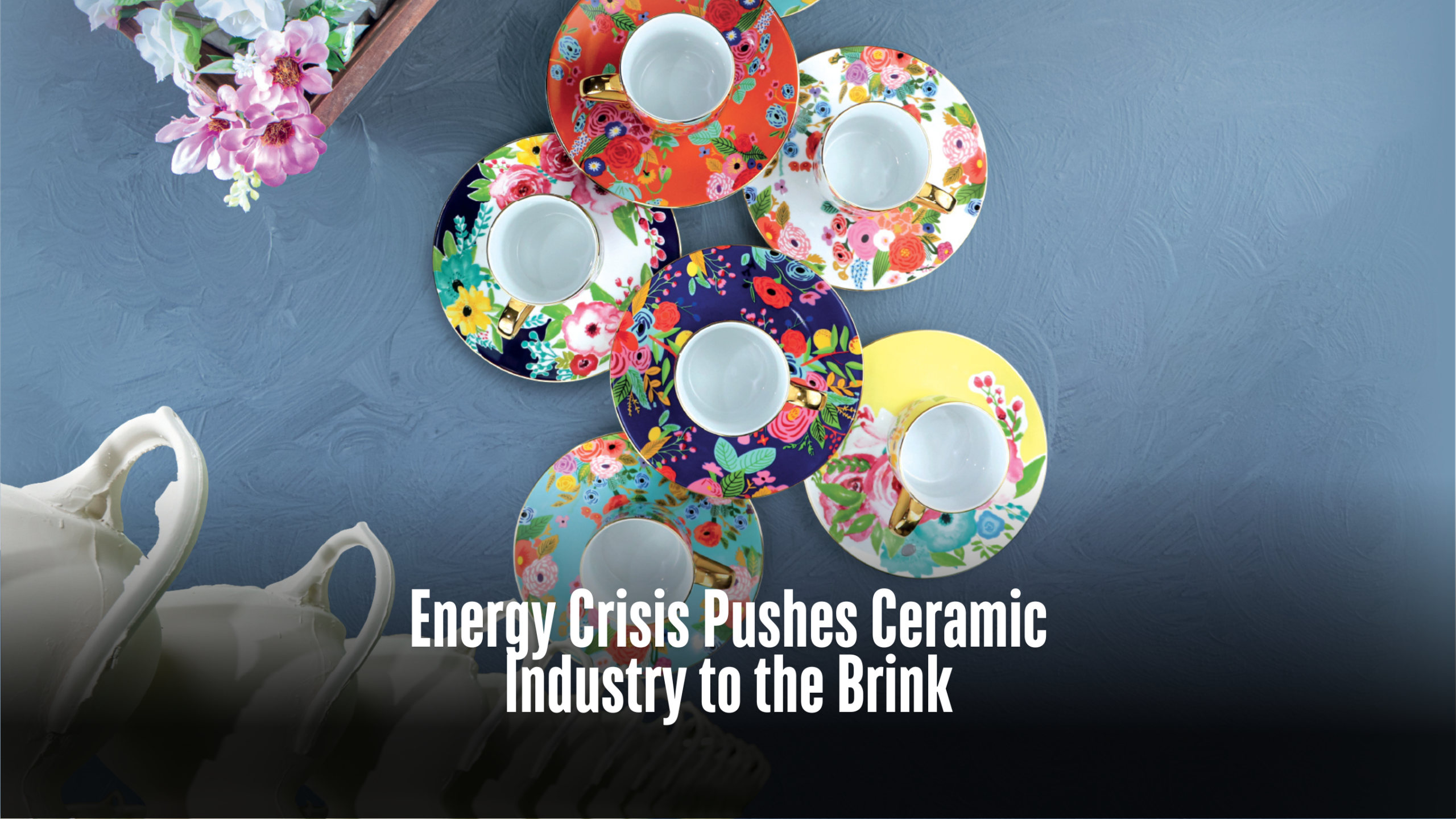
Energy Crisis Pushes Ceramic Industry to the Brink
Bangladesh’s ceramic industry is facing one of its toughest periods in decades, as soaring gas prices and unstable energy supply strain production and profitability. Between 2015 and 2023, gas prices in the manufacturing sector surged by about 345 percent, including a 150 percent hike in 2023 alone. This escalation has raised production costs by 18-20 percent, since gas serves as both a key energy source and raw material. Yet, producers cannot freely increase prices due to competition from cheaper imports, forcing many factories into losses. The government is now considering another 152 percent gas price hike, which could raise rates to Tk 30-75.72 per cubic meter, further lifting costs by 30-35 percent and impacting other major sectors. Unstable Gas Supply and Factory Shutdowns For ceramic producers, a consistent gas supply is vital, as the industry depends on a 24-hour flow at steady pressure—around 15 PSI—for uninterrupted kiln operation. In reality, however, gas pressure often drops to 2–3 PSI or even zero, halting production. Despite paying full rates, factories in hubs such as Savar, Dhamrai, Rupganj, Tongi, Gazipur, Narsingdi, and Mymensingh face frequent disruptions, with 20–25 units affected daily, causing losses of about Tk 20 crore and export order cancellations. BCMEA President: The Sector Is Under Severe Pressure “Currently, the country’s ceramic manufacturers are grappling with a sharp decline in sales and rising production costs amid unstable gas supply and a sluggish construction sector,” said Moynul Islam, president of the Bangladesh Ceramic Manufacturers and Exporters Association (BCMEA). He explained that gas shortages and high fuel costs have pushed production expenses up by 18-20 percent, forcing many factories to reduce output and offer deep discounts just to stay in business. “The ceramics sector is under severe pressure,” he said. Islam highlighted that the industry plays a crucial role in employment generation and foreign exchange earnings. “Lead (Pb) and Cadmium (Cd)-free tableware and affordable sanitary ware are essential for modern living. Bangladesh needs affordable tiles, tableware, sanitary ware, and ceramic bricks to meet domestic demand and support our $1 billion monthly foreign currency inflow. This prominent sector employs millions and still has scope for further investment.” “When gas supply drops, factories switch to alternative fuels, which significantly increase costs. Profit margins have shrunk, and some producers are even running at a loss,” he added. According to BCMEA estimates, sales of tiles, sanitary ware, and tableware have fallen by 15-40 percent since mid-2024. “After the fall of the Awami League government during the ‘July Uprising’ last year, the artificial economic bubble burst, weakening demand for construction materials. Many projects slowed, and the private housing market cooled. As a result, factories are operating well below capacity, with unsold goods piling up in warehouses,” said Islam. He added that the entire construction value chain—including cement, steel, and ceramics—has been affected by the broader economic slowdown. “If development projects regain momentum and gas supply stabilises, the market will gradually recover. We expect business confidence to return once these challenges are addressed,” the BCMEA president said. Energy Sector Woes Compound the Crisis Shafiqul Alam, lead energy analyst for Bangladesh at the Institute for Energy Economics and Financial Analysis (IEEFA), said all industrial sectors, including ceramics, are suffering due to energy supply disruptions or reduced supply. “Bangladesh’s growing reliance on the international fossil fuel market—now accounting for about 56 percent of total energy supply—has made the system highly vulnerable to global price shocks,” he said. Although energy efficiency has improved in industries, there is untapped potential too. Further, transmission and distribution losses in the gas sector remain significant. “Had these losses been minimized, the gas shortage facing industries could have been slightly reduced,” Shafiqul noted. He added that despite several gas price hikes at industrial levels, supply to industries remains insufficient. For the ceramics industry, he recommended improving kiln efficiency and enhancing energy efficiency in captive power generation by utilizing waste heat to cut energy use and costs. Fiscal and Policy Burdens Beyond the gas crisis, the ceramic industry faces additional challenges from import delays, high raw material costs, and steep bank interest rates. Compounding these pressures are additional duties—currently 15 percent on locally made tiles and 10 percent on sanitary ware—that make domestic products less competitive. Industry leaders argue that these duties are counterproductive, as ceramic goods are no longer luxury items but basic necessities for hygienic living. High taxes, they warn, may deprive citizens of affordable sanitation products and undermine the government’s “Sanitation for All” initiative. The BCMEA has urged policymakers to refrain from further gas price hikes for industrial users, ensure uninterrupted gas supply at stable pressure levels, and withdraw additional duties on local ceramic products. Policy and Renewable Solutions Dr. Masrur Reaz, chairman of Policy Exchange Bangladesh (PEB), believes the ceramic sector still holds “immense potential,” but supportive policies are crucial. “Despite skilled workers, a growing domestic market, and strong international demand, the industry has yet to reach its full potential due to unsupportive policies,” said Dr. Reaz. “Even with modern technology and efficient management, factories suffer daily losses when gas pressure drops or supply is disrupted. Additional duties also make local products less competitive than imports.” He urged the government to recognise the industry’s strategic role in employment, exports, and infrastructure. “Practical steps—such as halting further gas price hikes, ensuring stable supply, and reviewing duties on local tiles and sanitaryware—are essential to stabilise the sector.” Dr. Reaz also advocated renewable energy as a sustainable solution. “Installing solar panels on rooftops or open land allows ceramic manufacturers to generate their own power, reduce gas dependence, cut costs, and promote eco-friendly production.” He noted Bangladesh’s strong export potential, especially in South Asia, the Middle East, and the United States, where tariffs are more favourable. “Removing internal barriers, fostering innovation, and expanding exports can unlock the industry’s full






